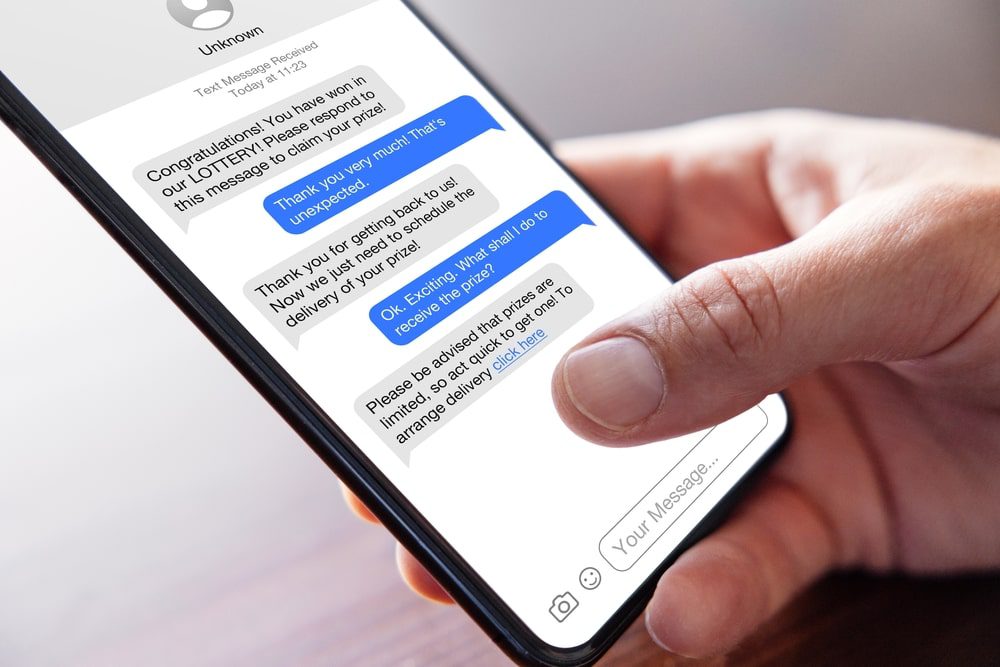
5 Reasons to Make California Your Retirement Destination
These are the best reasons you should retire in California! This is not something new: people keep mocking the Golden State and the West Coast

These are the best reasons you should retire in California! This is not something new: people keep mocking the Golden State and the West Coast

Most retirement plans automatically exclude the largest asset retirees possess, and that is their home. This basically means that at one point, the plan might

Retirement is a wonderful time that many of us look forward to. It’s our long-awaited chance to relax, travel, and indulge in everyday activities and

Can you believe that there are US cities that will pay you to move? If we’re being honest for a second, I think we can

Are you dealing with retirement uncertainty? See here how you can overcome it. A large number of Americans are feeling discouraged about their level of

Do you want to plan something special for your lover? We have lots of date night ideas for retirees! Everyone deserves to be treated nicely

Watch out! Retirement in USA presents: financial scams that target seniors! Sources from the FBI say that there are more and more financial scams that

What are the signs that indicate you are a toxic grandparent? Are we patient enough with our grandkids? Are we able to teach them what’s

If you already have Medicare or will soon, you must know the basics of what it covers. However, how much do you really know about
Retirementinusa.com is a participant in the Amazon Services LLC Associates Program, an affiliate advertising program designed to provide a means for sites to earn advertising fees by advertising and linking to Amazon.com. *Amazon and the Amazon logo are trademarks of Amazon.com, Inc., or its affiliates. Additionally, Retirementinusa.com participates in various other affiliate programs, and we sometimes get a commission through purchases made through our links.